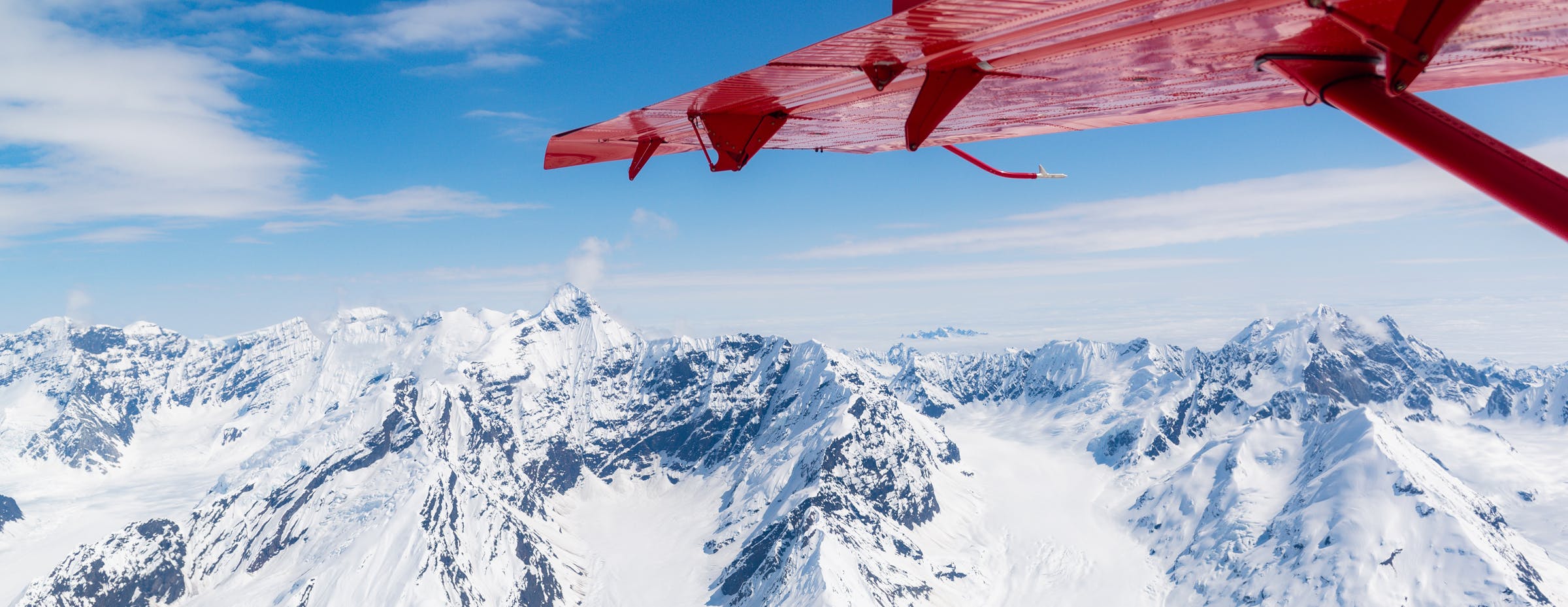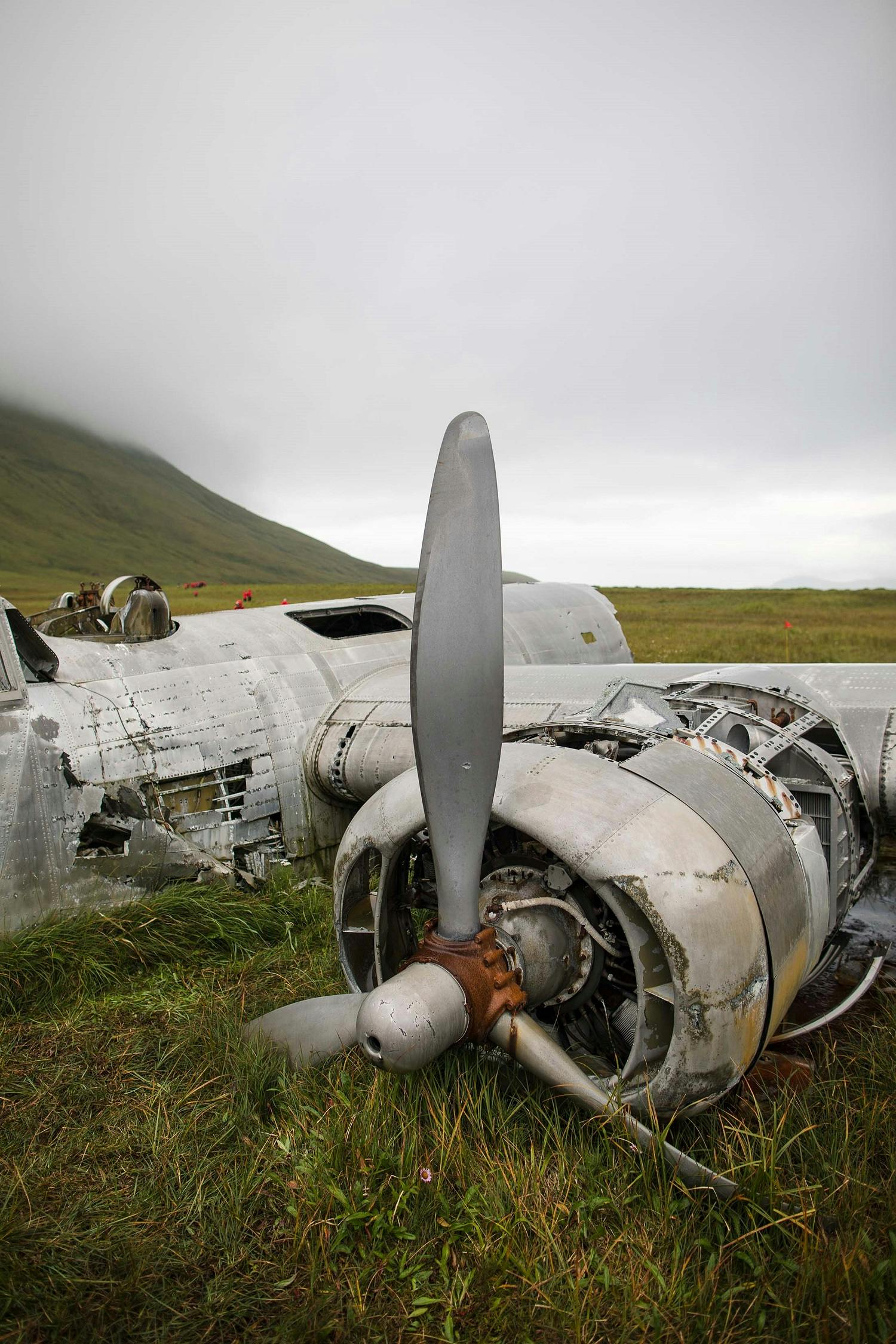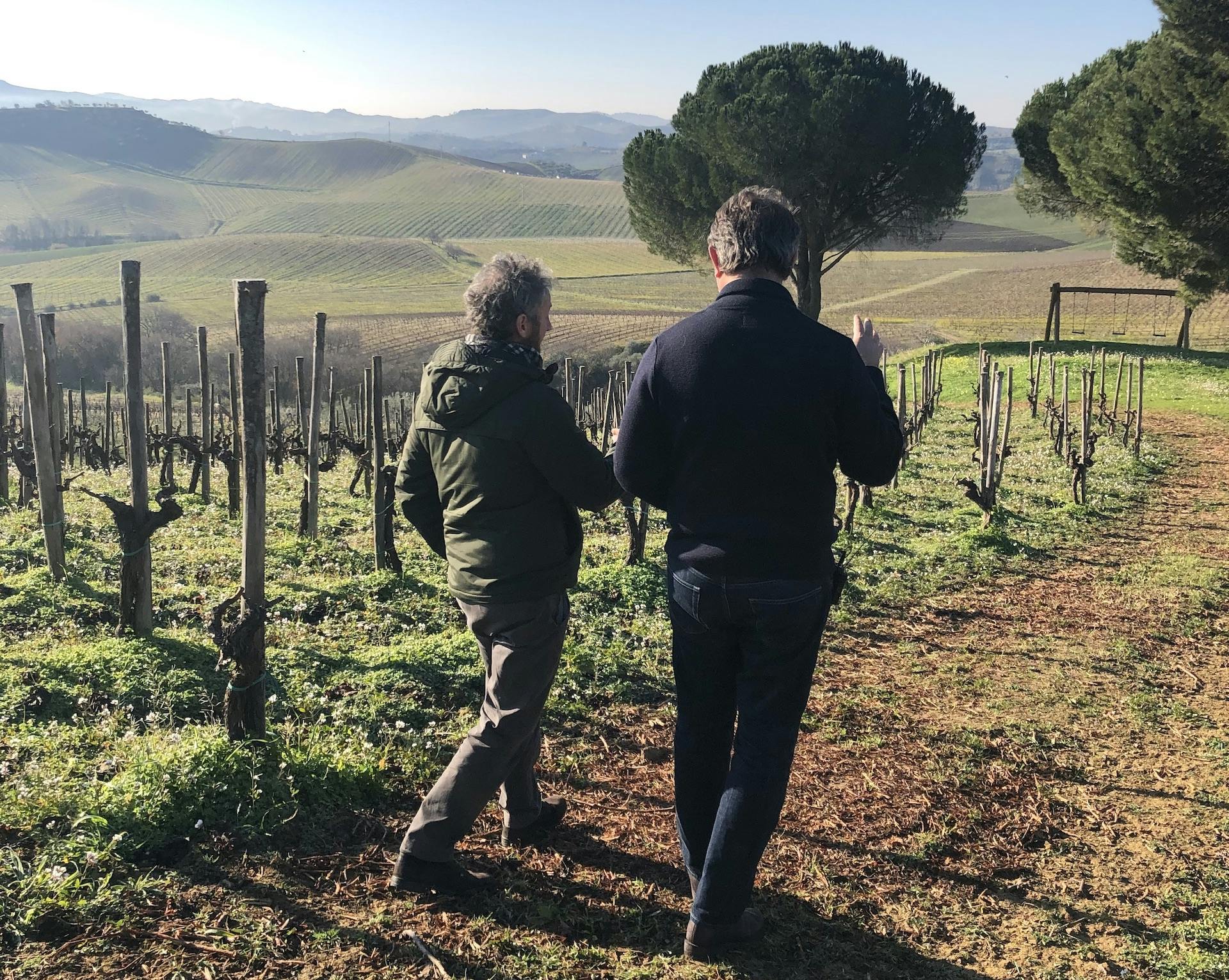Flightseeing Tours: Everything You Need to Know About Alaska Shore Excursions
If you have dreamed of flying, arms spread wide like wings as you soar through the air, looking down on the world like a bird, consider flightseeing in a small plane or helicopter. Better yet, do so in Alaska. It’s about as close as you can get to soaring sensation, and the scenery is guaranteed.
These small, agile craft, which can take you places a jetliner could never reach, may even be equipped to land on water or on snow and ice. Glacier landings are an especially popular flightseeing option during Alaska shore excursions: They’re an opportunity to hop out of your aircraft, hear the crunch of fresh, untrodden snow and ice beneath your feet, and face into the “glacier breeze,” currents of chilly air that perpetually move across the ice, even on calm days.
With the pluses of such flightseeing tours come some quirks. Here are some things you’ll want to know about ahead of time about soaring over Alaska.
Space is at a premium

The obvious limitation for any small aircraft is size: Once you load the people, there isn’t much room left for luggage. You may be allowed only a satchel that fits under the seat, and be aware that you and/or your luggage may be weighed before boarding.
Some helicopters also have passenger height restrictions for who can sit where, so you might be asked for your height and even measured. None of this is personal; the pilot needs to make sure that the plane is properly balanced, much as ground crew would do for a larger jet.
It’s rare to have a co-pilot on flightseeing expeditions, so the lone pilot will take charge of arranging people in the craft to achieve that balance. If he or she doesn’t direct you to a certain seat, you can usually sit anywhere you like, except for the copilot seat, which is often given at the pilot’s discretion. If sitting right up in the open cockpit sounds interesting to you, make sure you ask. It’s the most interesting seat.
The views are phenomenal

In these small craft, it doesn’t matter where you sit. Every seat offers window and aisle access, so you won’t be craning your neck to look over someone else’s shoulder. And if you happen to capture a bit of the airplane in your pictures — say, a wing strut, part of the prop or a glimpse of the open cockpit — it’s a souvenir of how up close and personal you were.
Small planes and helicopters are much noisier than a commercial jet; you’ll be given a headset that protects your ears and allows you to converse with the pilot. Their first responsibility is flying, of course, but they’ll usually offer a narrative of the sights.
Because these light craft fly low and slow, you’ll be treated to close-ups of the textures of land and sea scrolling beneath you: the coarse ripples of upright spruce trees, the smooth arms of cedar trees, the rough carpeting of willow shrubs and the endless ripples of water spreading out in search of a fjord wall to crash against.
A change of season and climate control
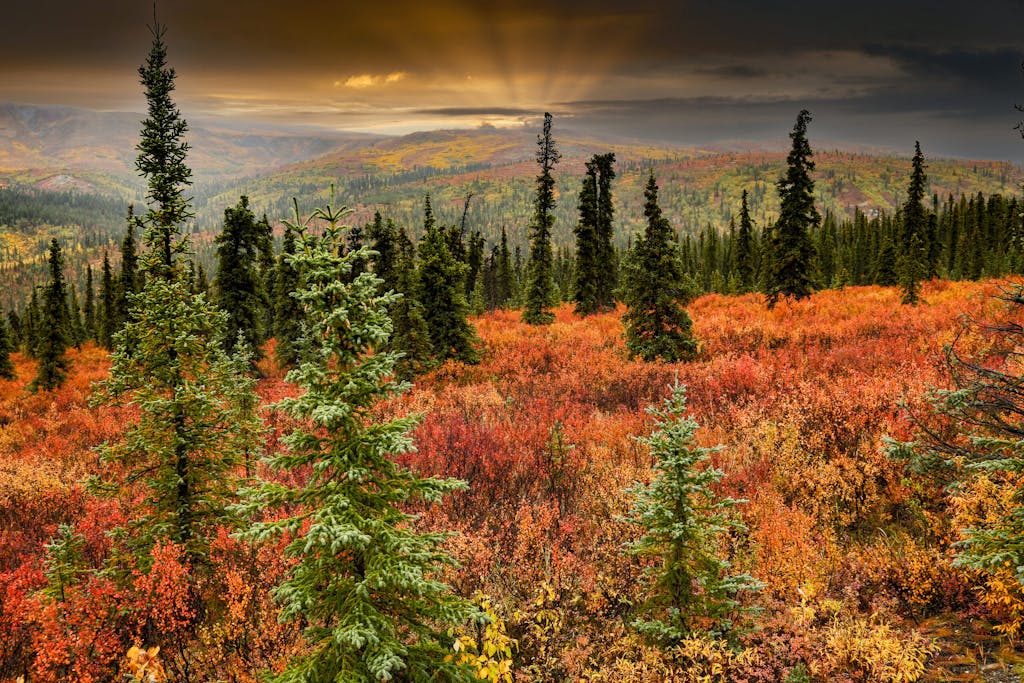
In summer Alaska’s mountains are awash in shades of green. When fall arrives, it looks as though a palette of autumn colors has spilled over the peaks, painting them in bright yellows, oranges and reds, sometimes punctuated by the bright pink blooms of fireweed.
In all seasons you will see glaciers, mountaintops and coastal gems that glisten blue and white under the sun. The bird’s-eye view from a small aircraft reveals the depth and expanse of the beauty.
One thing that often isn’t phenomenal in small aircraft, especially the older models that find their way to Alaskan flightseeing operations: climate control systems. Before signing up for Alaska shore excursions featuring flightseeing, ask your tour operator what to expect, but plan to dress in layers you can remove (or put back on) to stay comfortable.
Small aircraft can be thrilling
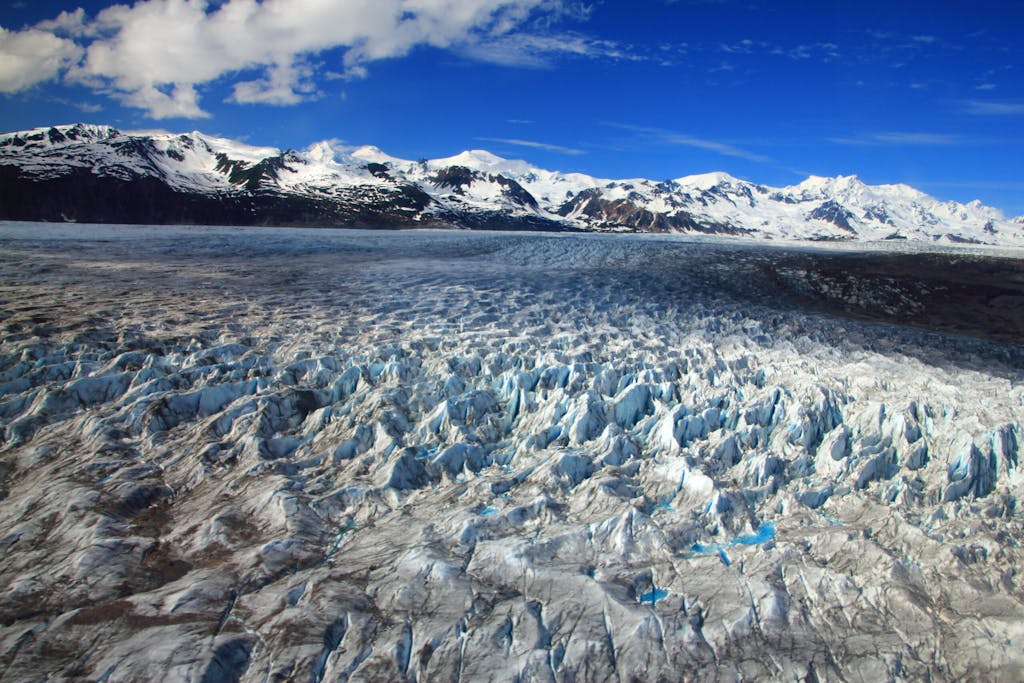
On one small plane flight through interior Alaska, I was lucky and got to sit in the copilot seat. The pilot was an ex-military aviator with a quiet sense of humor that showed when we hit a pocket of rough air.
It would have taken a lot more to jostle a big aircraft, and we probably would never have noticed it in a helicopter, which offers a smoother ride than a small plane. But in our eight-passenger plane, we felt a solid, tangible jolt before the pilot leveled us.
“Whoops,” we heard him murmur over the headset. “Hit a pothole!”
I’m not sure the nervous fliers appreciated his humor, but by the end of the flight he had won over almost everybody with his competence and gentle teasing. Most of the passengers who were visibly tense at the start of the flight ended up leaning happily against the plane’s windows, snapping pictures and marveling at green-carpeted hills beneath them.
The experience can be thrilling or terrifying, depending on your mindset. If you’re feeling anxious, remember you don’t have to go. But if you decide to go, reassure yourself by looking up the tour operator’s safety record and talking to the staff, who have heard lots of questions from previous passengers.
Ask about requirements for pilot experience and rest. The Federal Aviation Administration’s requirements for both are more lax in general aviation (small aircraft) than for commercial airlines, but some tour operators impose their own stringent requirements.
It’s a once-in-a-lifetime experience
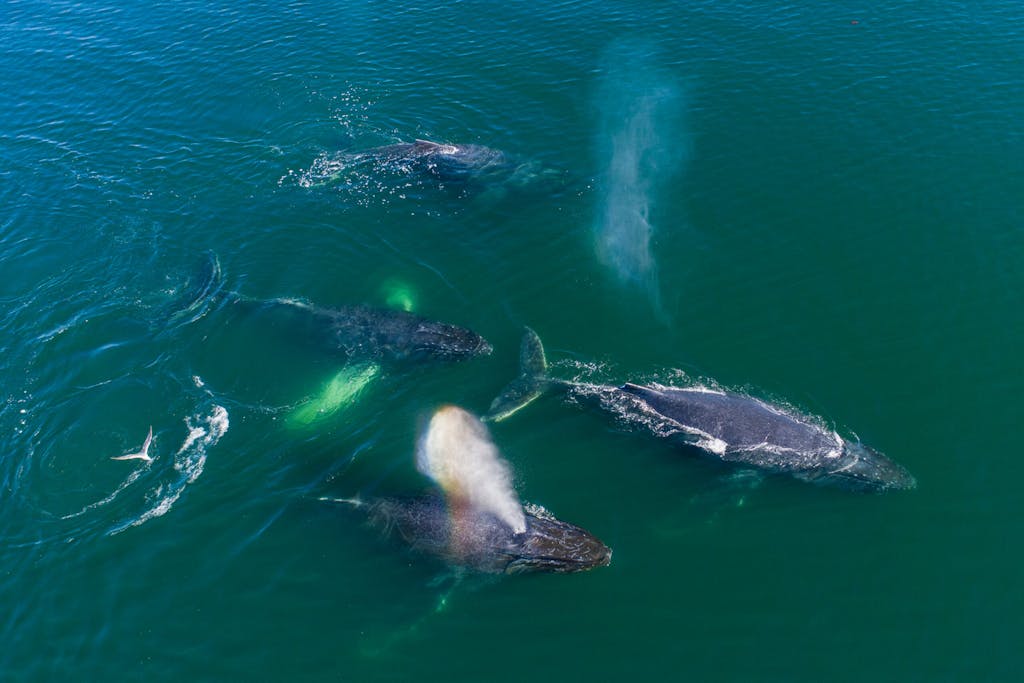
Most small planes and helicopters aren’t equipped to fly when visibility is limited, so be aware that tours may be delayed, cut short or canceled if the clouds roll in. It’s worth it to stay safe.
On my last helicopter tour, we had to turn around early because of encroaching clouds, but not before we had landed by a small lake in the mountains, buzzed around seaside pinnacles of rock and watched, from a respectful distance, a giant brown bear fishing. Even if it’s just a half-tour, I would do it again in a heartbeat.
Do these experiences have your inner adventurer ready to soar? Alaska cruise season is May to September.



